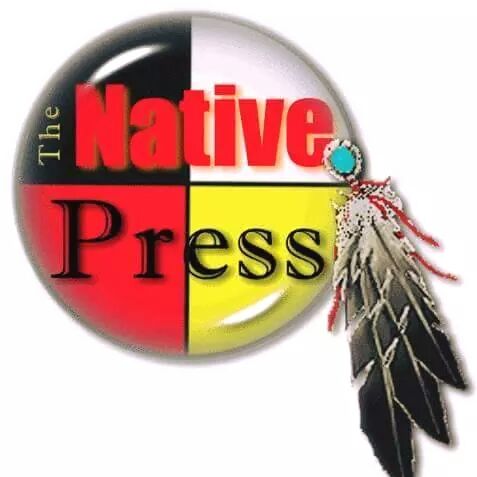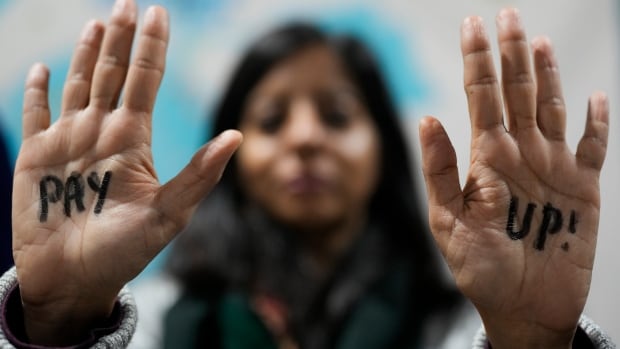Countries agreed on a deal to inject at least $300 billion US annually in humanity’s fight against climate change, aimed at helping poor nations cope with the ravages of global warming at tense United Nations climate talks in the city where industry first tapped oil.
The money will go to developing countries who need the cash to wean themselves off the coal, oil and gas that causes the globe to overheat, adapt to future warming and pay for the damage caused by climate change’s extreme weather.
It’s not near the full amount of $1.3 trillion that developing countries were asking for, but it’s three times the $100 billion-a-year agreement from 2009 that is expiring.
Delegations said this deal is headed in the right direction, with hopes that more money flows in the future.
“Everybody is committed to having an agreement,” Fiji delegation chief Biman Prasad said as the deal was being finalized. “They are not necessarily happy about everything, but the bottom line is everybody wants a good agreement.”
COP29, the 29th annual UN Climate Change Conference, kicked off this week in Baku, Azerbaijan, and for the third year in a row, representatives from B.C.’s First Nations joined the Canadian delegation. Six members from the First Nations Climate Initiative are at COP29, participating in the event and delivering a presentation at the Canada Pavilion.
It’s also a critical step toward helping countries on the receiving end create more ambitious targets to limit or cut emissions of heat-trapping gases that are due early next year. It’s part of the plan to keep cutting pollution with new targets every five years, which the world agreed to at the UN talks in Paris in 2015.
The Paris Agreement set the system of regularly ratcheting up the goals to fight climate change as a way to keep warming under 1.5 C above pre-industrial levels. The world is already at 1.3 C, and carbon emissions keep rising.
Countries also anticipate that this deal will send signals that help drive funding from other sources, like multilateral development banks and private sources. That was always part of the discussion at these talks — rich countries didn’t think it was realistic to rely only on public funding sources — but poor countries worried that if the money came in loans instead of grants, it would send them sliding further backward into debt that they already struggle with.
“The $300-billion goal is not enough, but is an important down payment toward a safer, more equitable future,” said World Resources Institute president Ani Dasgupta. “This deal gets us off the starting block. Now the race is on to raise much more climate finance from a range of public and private sources, putting the whole financial system to work behind developing countries’ transitions.”



